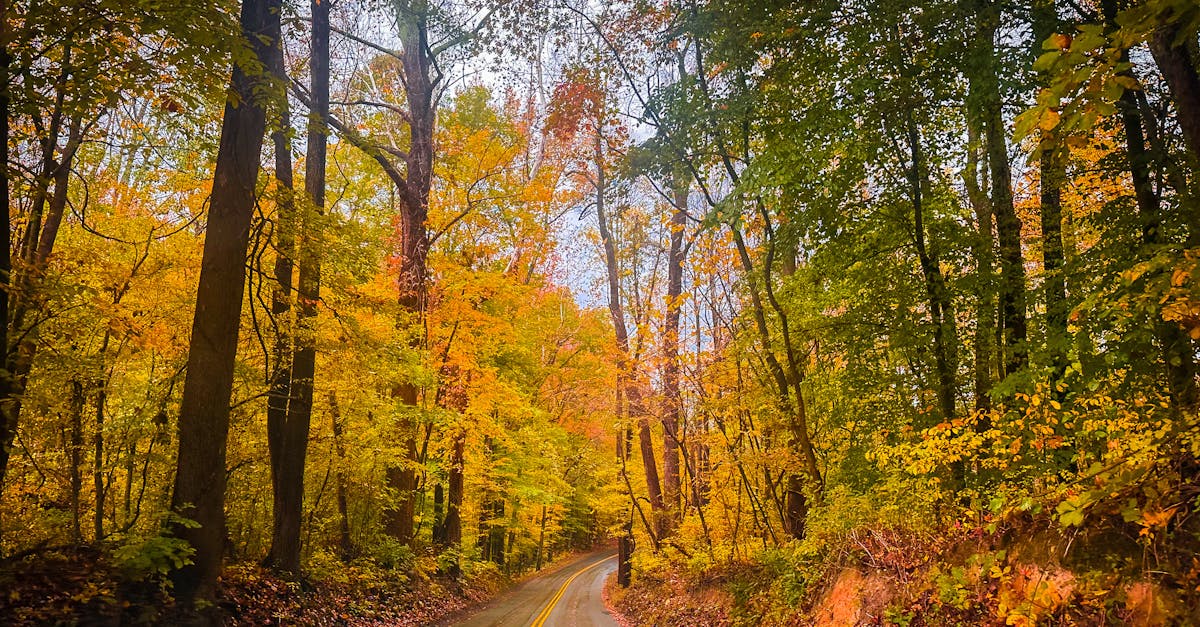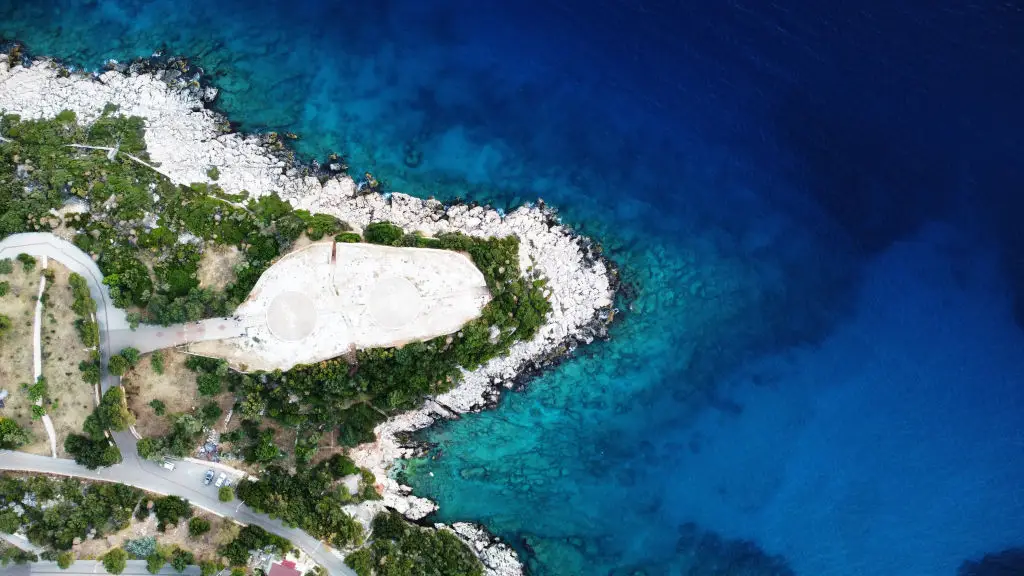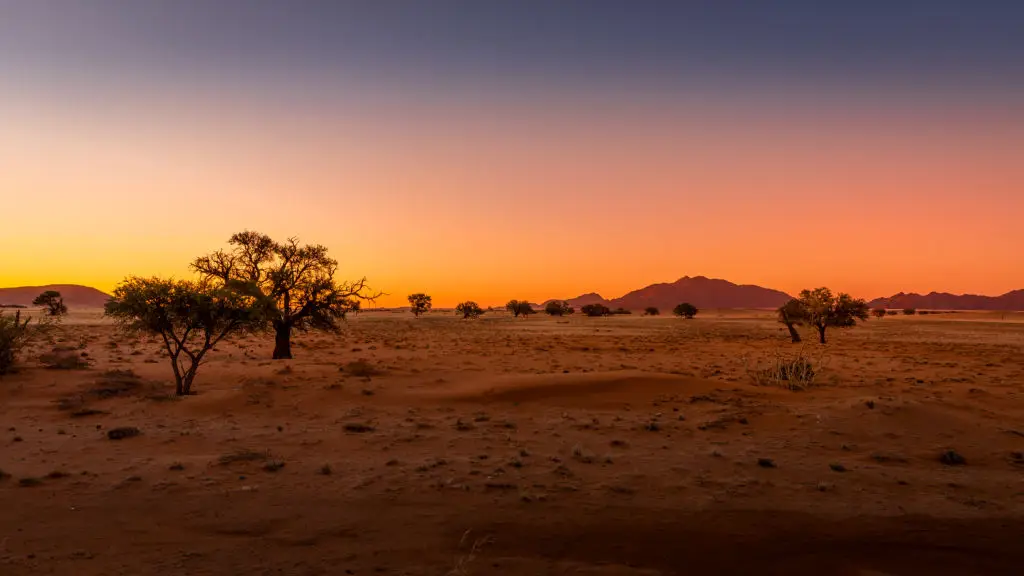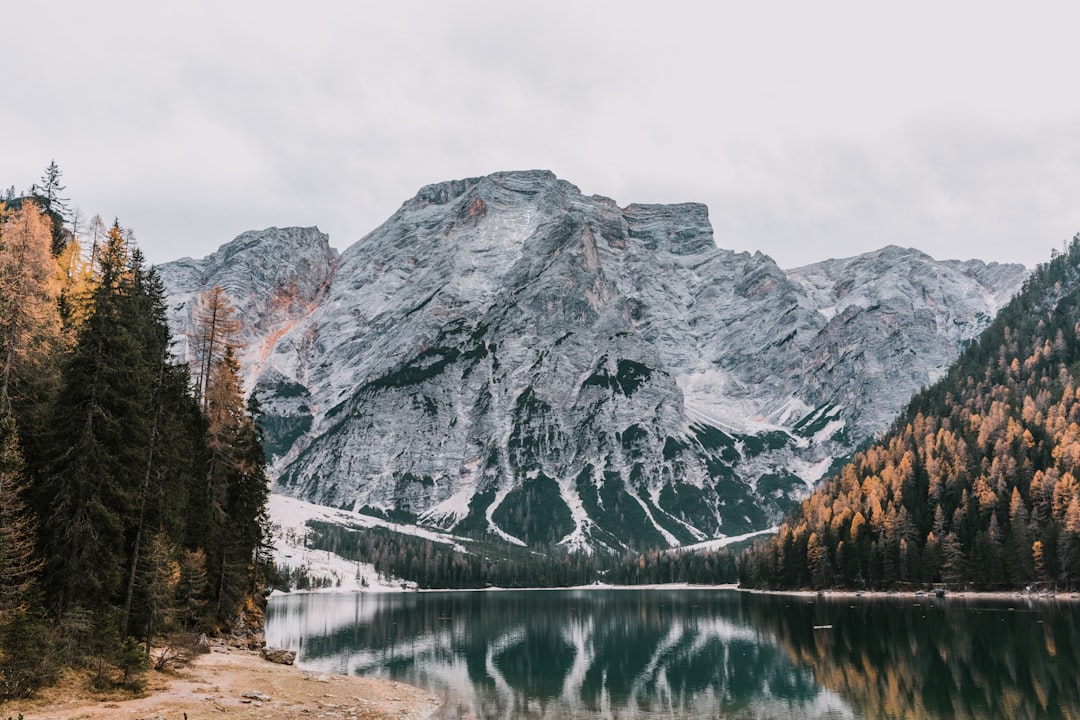13 North American Cities Where Nature Reclaims the Concrete Jungle
The sprawling urban landscapes of North America are experiencing a green renaissance. Cities that were once dominated by concrete and steel are now transforming into sanctuaries where nature makes a grand comeback. Urban rewilding has become a forefront movement, with policymakers and community groups working hand in hand to weave nature back into the urban fabric. This transformation isn’t just a visual change – it's a sweeping shift towards sustainable living, bringing ecological benefits to city residents and wildlife alike. The following list captures 13 cities in North America where this green revolution is most evident, revealing how nature is beautifully reclaiming the urban jungle.
1. Detroit, Michigan
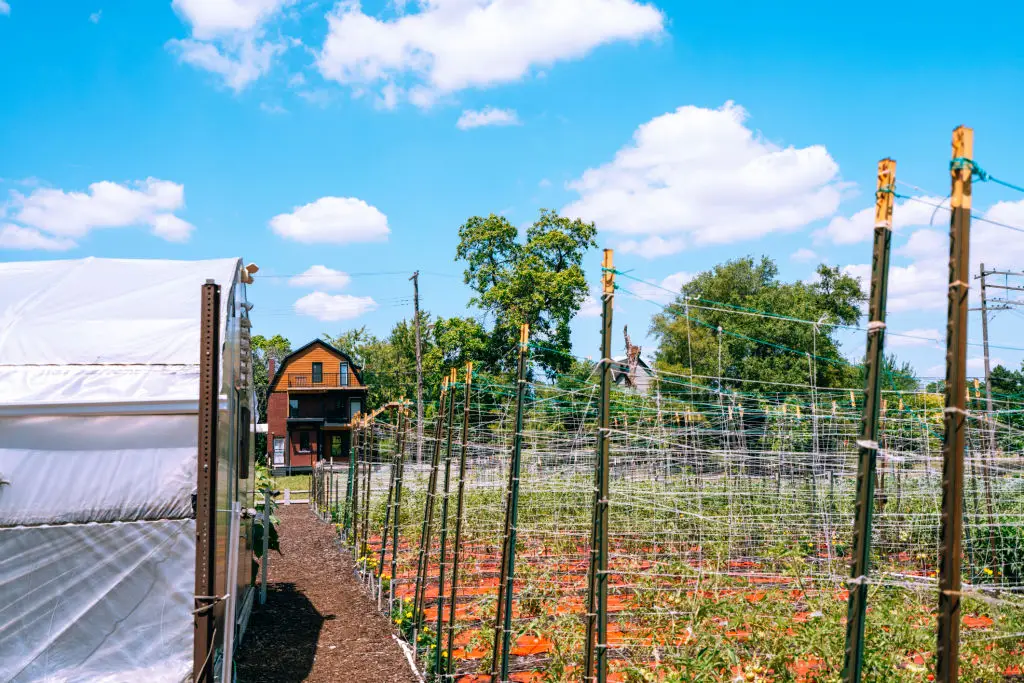
Detroit is at the forefront of urban rewilding, where vacant land is being transformed into vibrant community gardens and green spaces. These initiatives are led by urban farmers and local organizations aiming to revitalize the city’s landscape. This green overhauling not only beautifies the city but also addresses food security issues, creates jobs, and nurtures community pride. Detroit's trajectory towards reintegrating nature is a testament to the power of grassroots community action.
2. Portland, Oregon
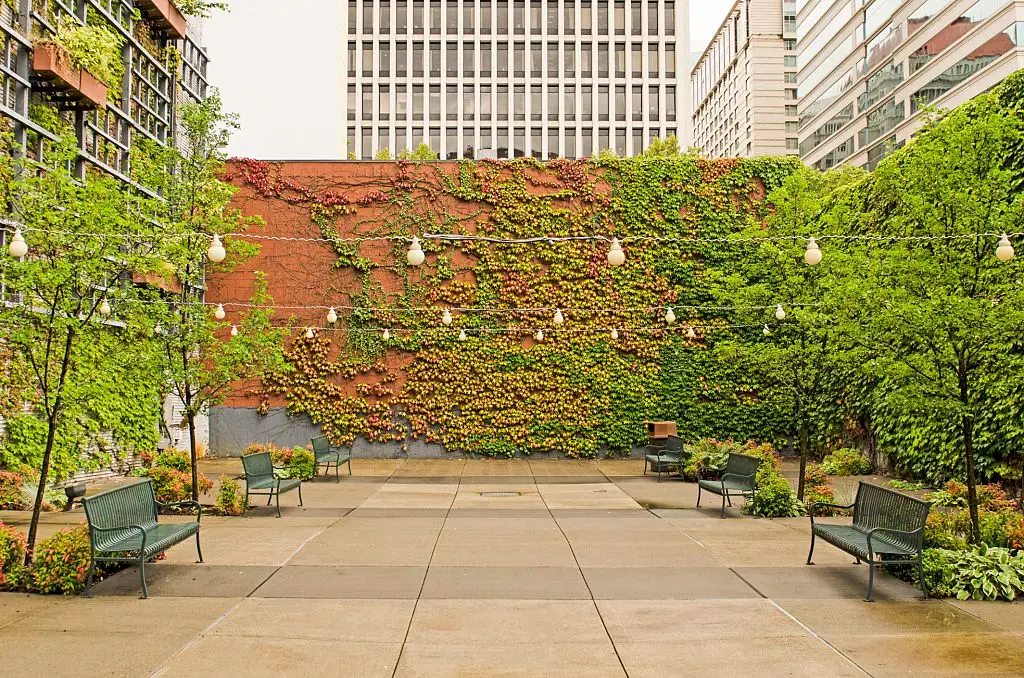
Portland's commitment to sustainability is evident in its extensive network of green roofs and wildlife corridors. City policies actively support green design in urban planning, reducing heat and promoting biodiversity. These initiatives enhance urban living by integrating nature seamlessly with the built environment, providing residents with cleaner air and accessible green spaces that enrich the city's unique charm.
3. Montreal, Canada
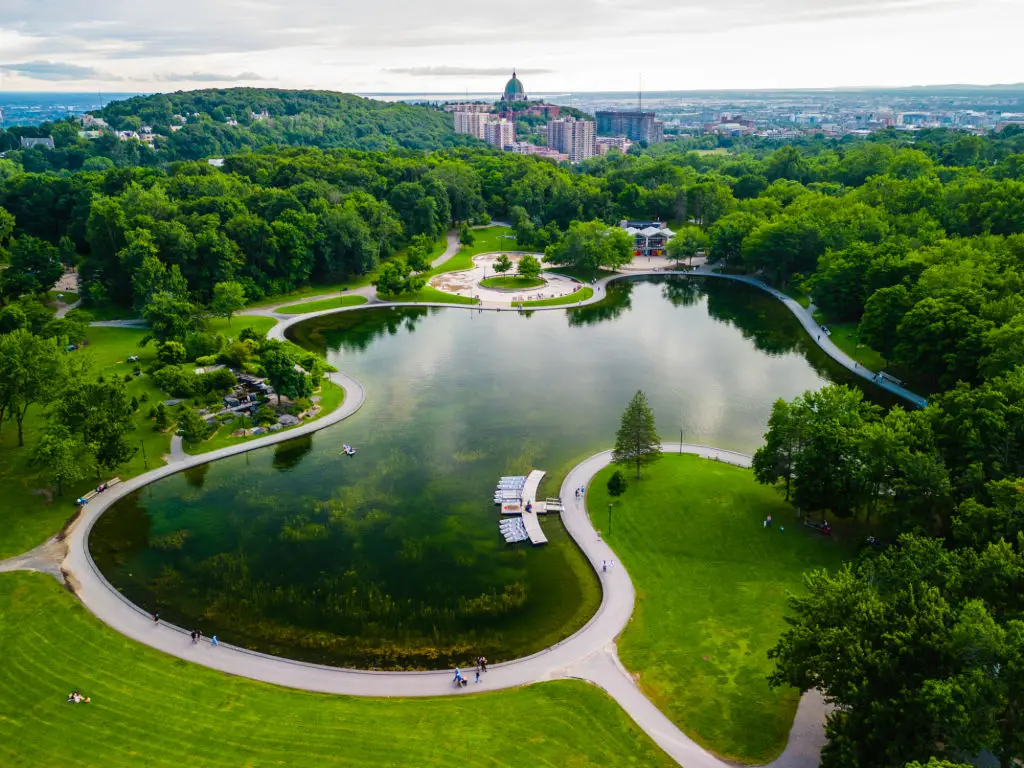
Biodiversity is flourishing in Montreal thanks to its integration of Mont Royal Park with urban living areas. This approach to urban planning enhances the ecological footprint, creating a dynamic balance between city life and nature. These efforts have led to increased green spaces and sustainable practices that serve as a model for urban sustainability.
4. Vancouver, Canada
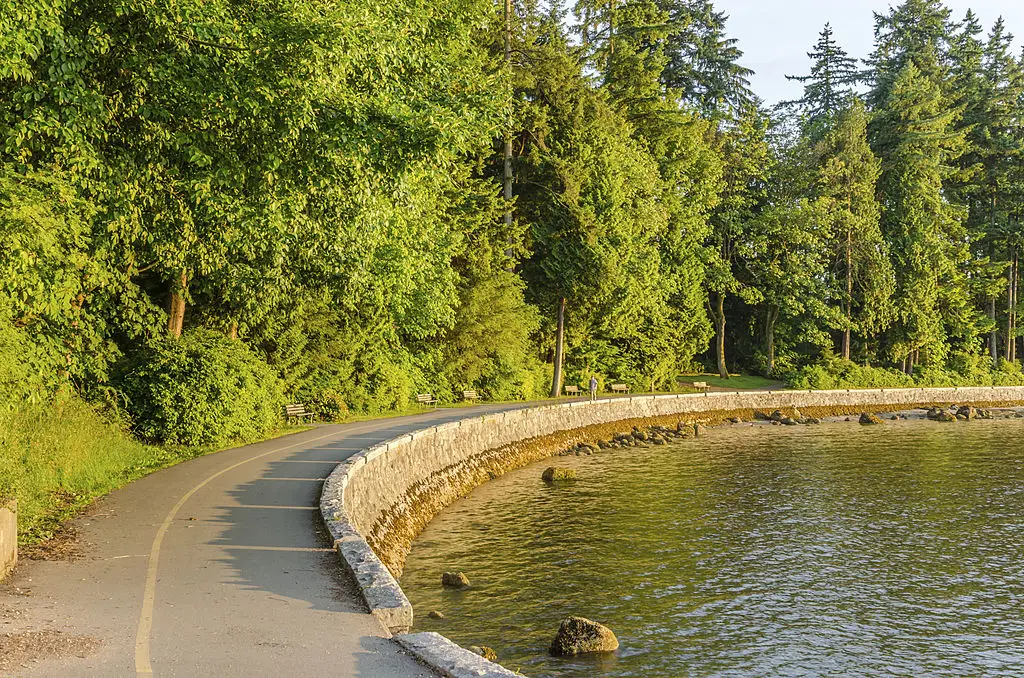
Vancouver's Stanley Park is a prime example of nature reclaiming its place amidst urban development. This iconic location serves as a pivotal wildlife corridor, allowing nature to thrive alongside city life. Restoration efforts in Stanley Park promote local biodiversity and offer visitors a glimpse into how cities can successfully integrate lush natural habitats.
5. Chicago, Illinois
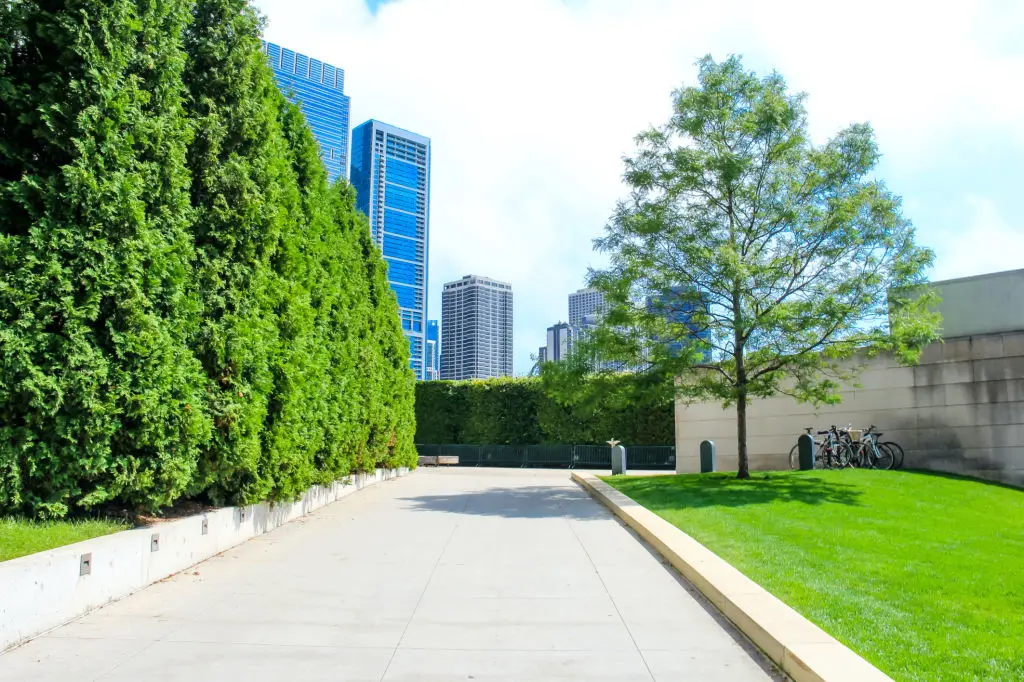
Chicago stands out with Millennium Park, an urban space marked by its innovative green roof designs. These features are not only aesthetically pleasing but also play a crucial role in sustainable urban planning by enhancing air quality and offering a habitat for urban wildlife. Reclaimed waterway projects demonstrate Chicago's resolve in marrying functionality with ecological preservation.
6. New York City, New York
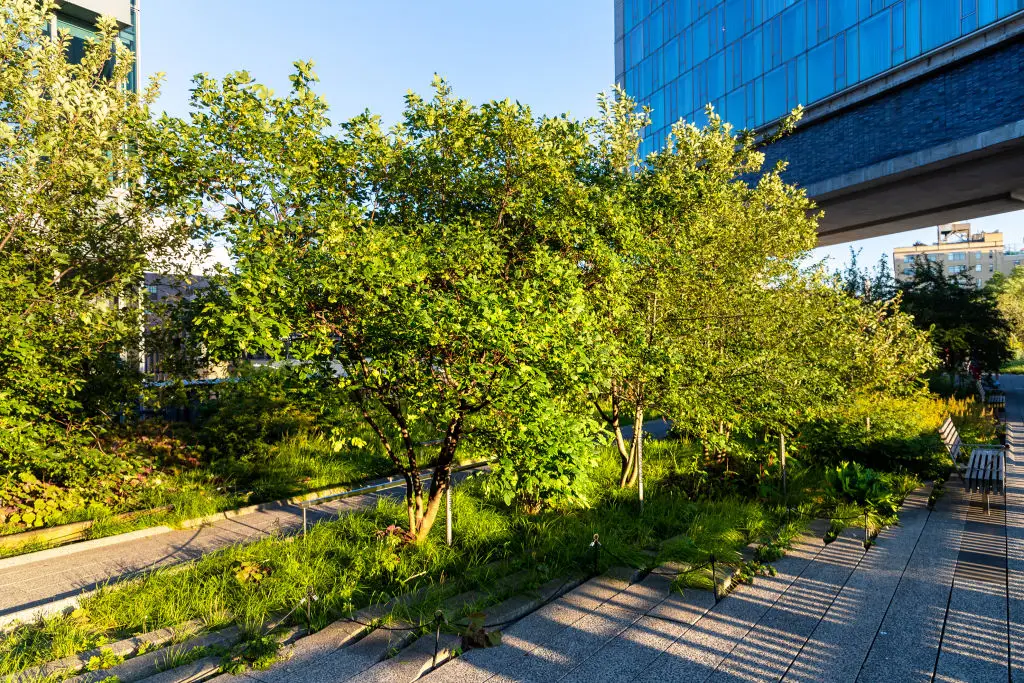
Known for its concrete canyons, New York City embraces a greener side with projects like High Line Park. This elevated green space is a perfect example of urban rewilding, offering New Yorkers a verdant retreat. Forested areas sprouting within its urban maze highlight the city’s ongoing transformation into a greener, more livable metropolis.
7. Toronto, Canada
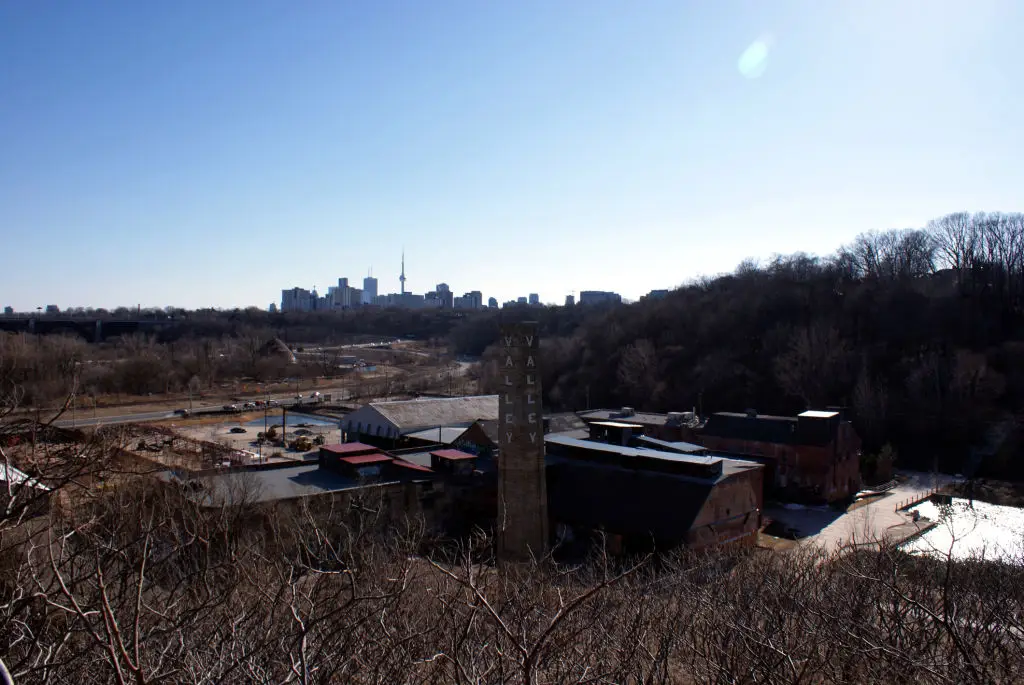
Toronto celebrates natural reclamation at the Don Valley Brick Works, a remarkable example of transforming industrial sites into ecological treasures. The city's interconnected ravine systems bolster urban biodiversity and serve as green lungs for its inhabitants. These efforts showcase Toronto's dedication to fostering urban spaces where nature can thrive.
8. San Francisco, California
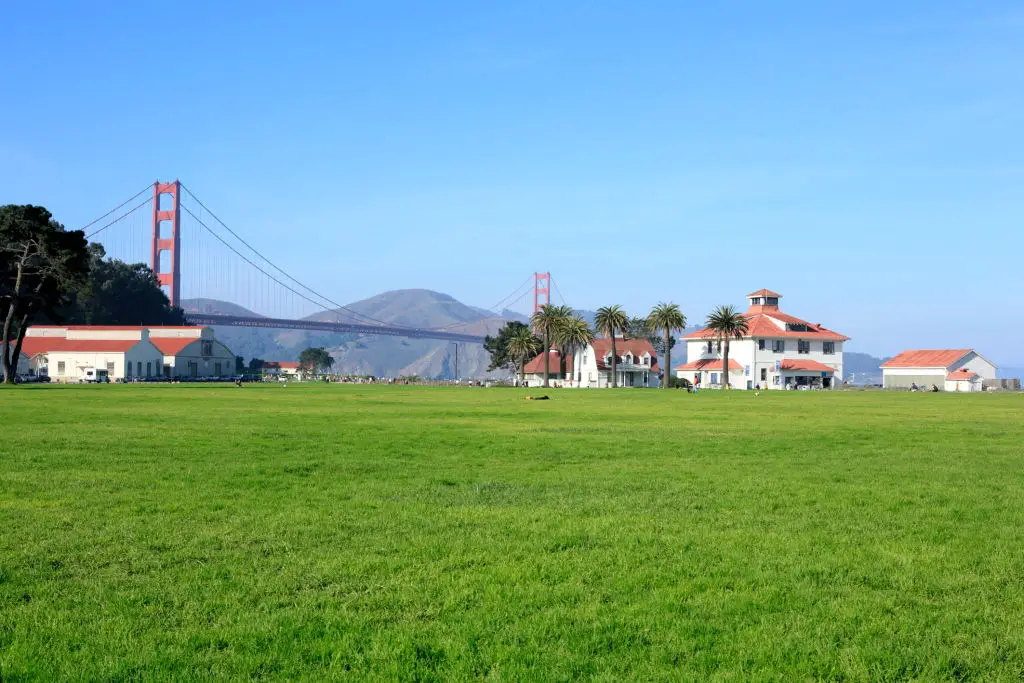
San Francisco’s Presidio represents a shining example of integrating historical preservation with ecological restoration. The ongoing conversion of this military site into vibrant public spaces exemplifies how urban planning can fuse natural beauty with cultural heritage, enriching the city’s landscape while supporting diverse ecosystems.
9. Philadelphia, Pennsylvania
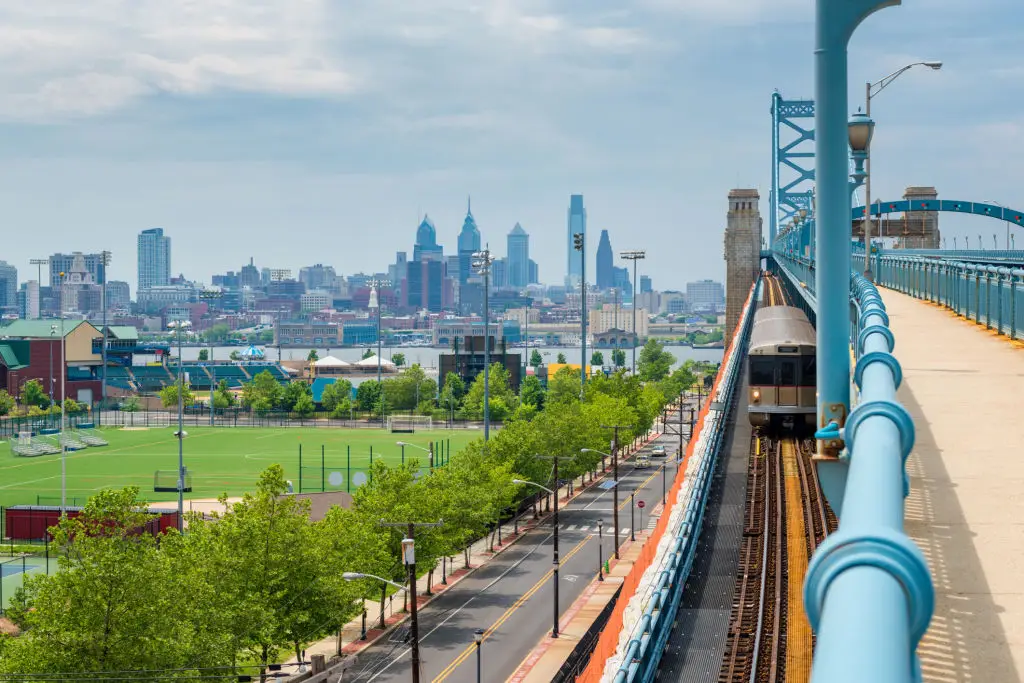
Philadelphia’s Rail Park illustrates the power of turning underutilized spaces into ecological havens. This project reimagines the possibilities of urban renewal through ecological restoration, encouraging both wildlife habitation and community engagement. Philadelphia is proving that innovation and nature can coalesce beautifully in city environments.
10. Seattle, Washington
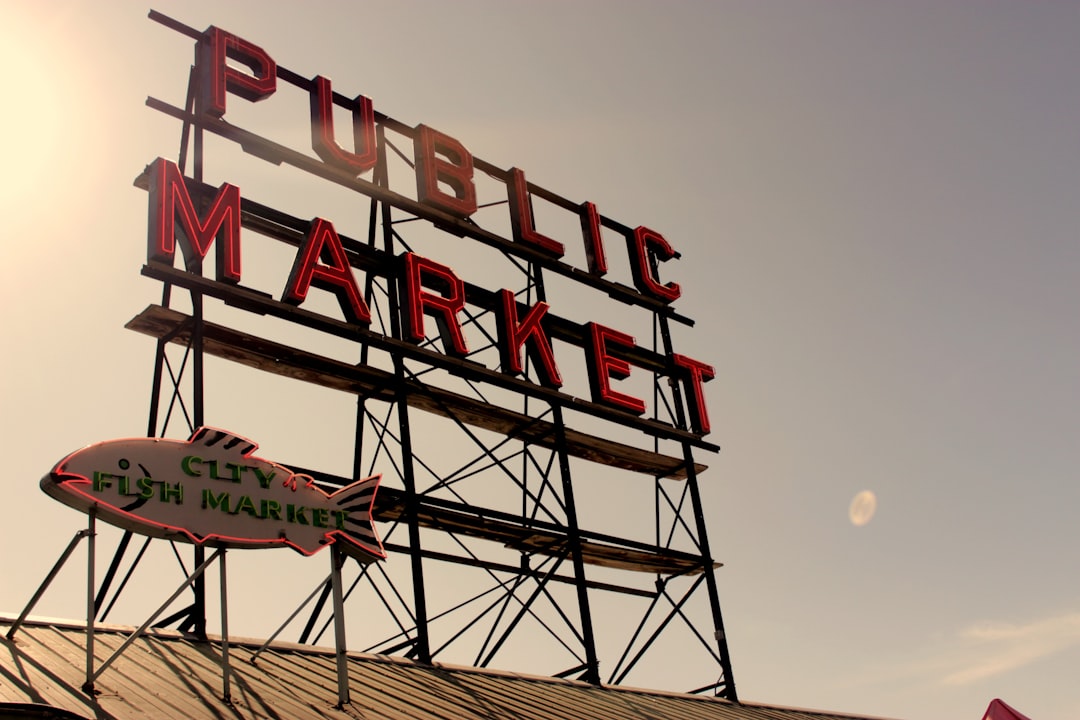
Restoration projects in Seattle, like the Thornton Creek watershed, reflect a commitment to returning nature to urban environments. These efforts focus on natural waterway restoration, fostering habitats for native species. Seattle’s integration of natural spaces within its urban framework is a model for whole-system sustainability.
11. Mexico City, Mexico
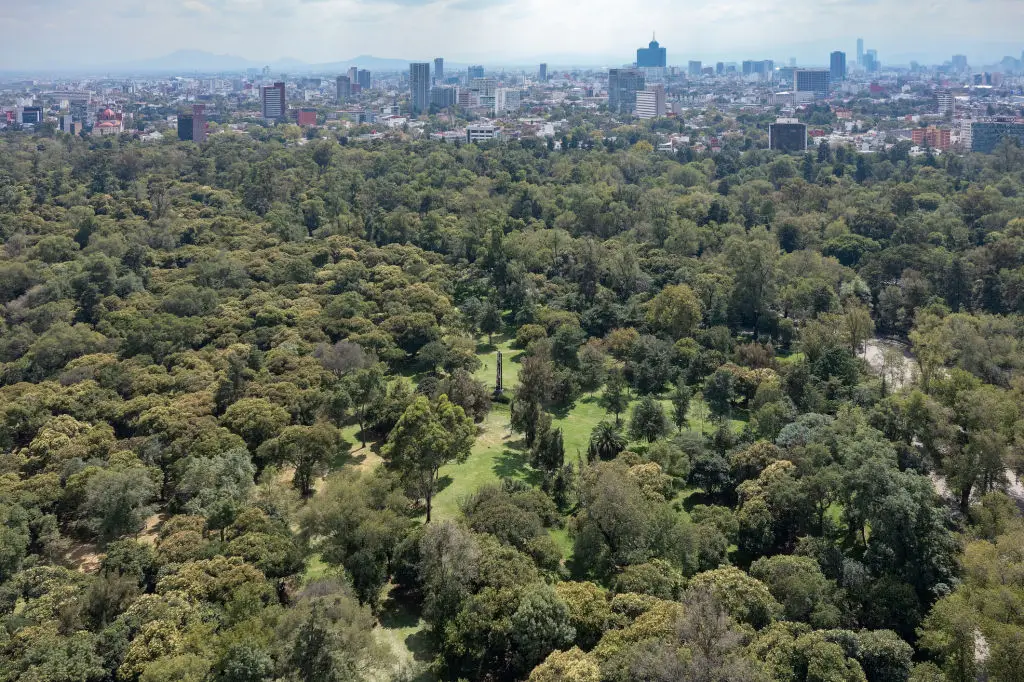
Chapultepec Forest is interwoven into the fabric of Mexico City, acting as both a crucial ecological zone and a social gathering spot. Active restoration efforts here directly contribute to improved air quality and urban biodiversity, illustrating the city’s progressive stance towards incorporating nature into urban living.
12. Denver, Colorado
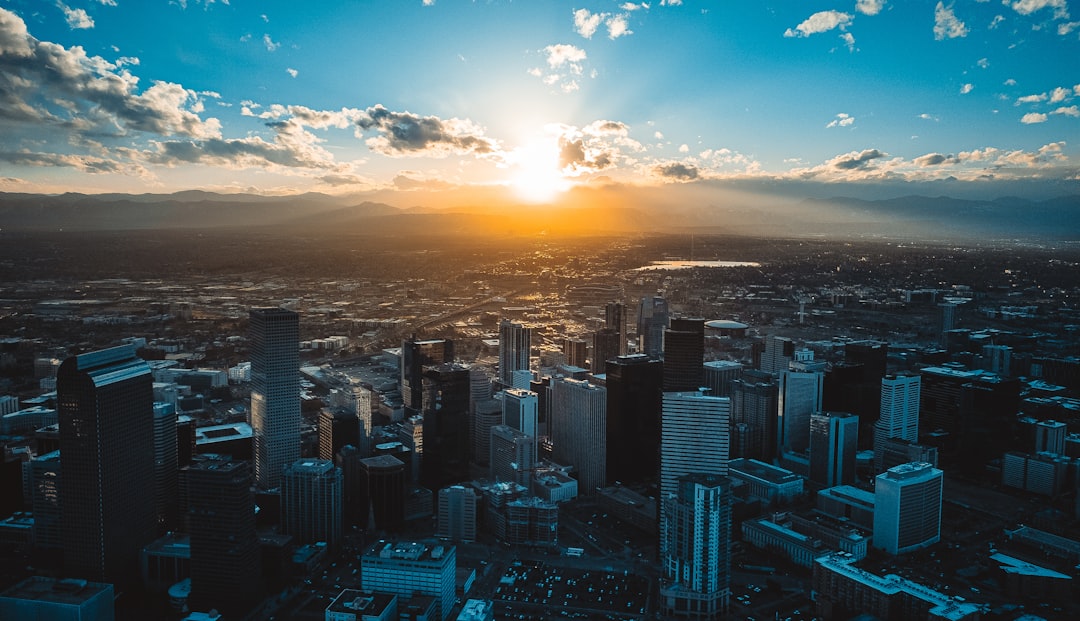
The High Line Canal Trail in Denver provides a link between urban and natural landscapes, intertwining city infrastructure with natural prairies. Restoration initiatives here focus on enabling native vegetation and wildlife to flourish, offering sustainable recreation opportunities while bolstering ecological resilience.
13. New Orleans, Louisiana
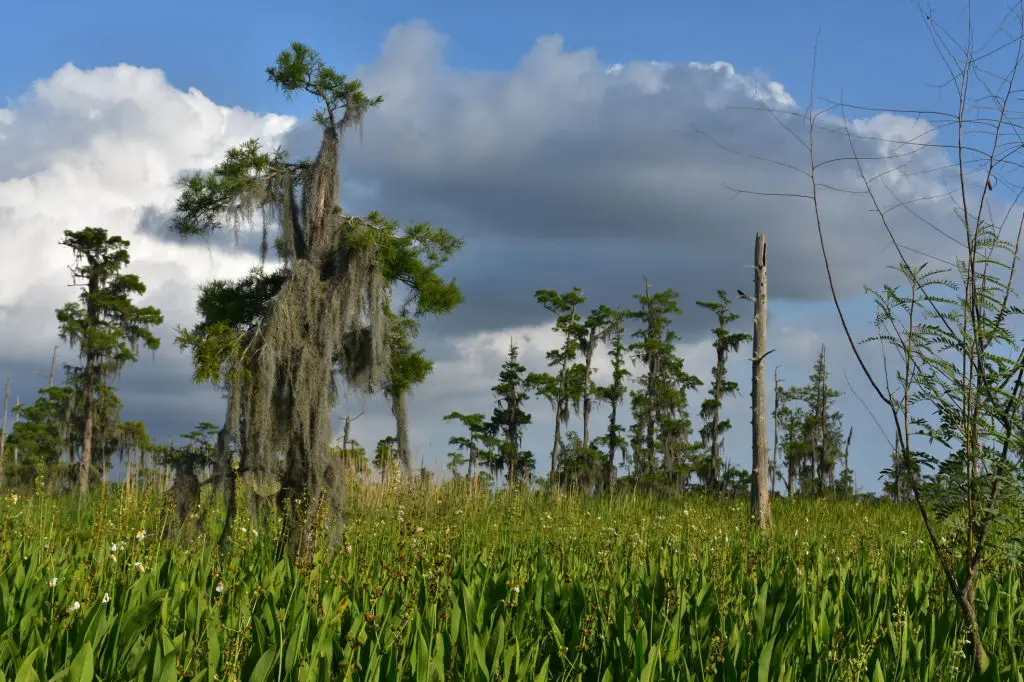
Post-Katrina New Orleans emerges as a beacon of resilience through its extensive green infrastructure and wetland restoration projects. By prioritizing natural solutions, the city enhances its defenses against future floods. This rejuvenation reflects not only ecological, but also cultural revival, embracing nature as a partner in sustainable urban planning.
The rise of biophilic cities marks an exciting era where urban environments are in harmony with nature. Cities across North America are reclaiming concrete jungles, pioneering green initiatives that range from carefully planned parks to wild urban forests. These efforts demonstrate that integrating nature into city life isn’t just beneficial but essential for sustainable future living. As urban rewilding becomes mainstream, cities worldwide can look to these examples for inspiration to cultivate their unique urban ecosystems.



